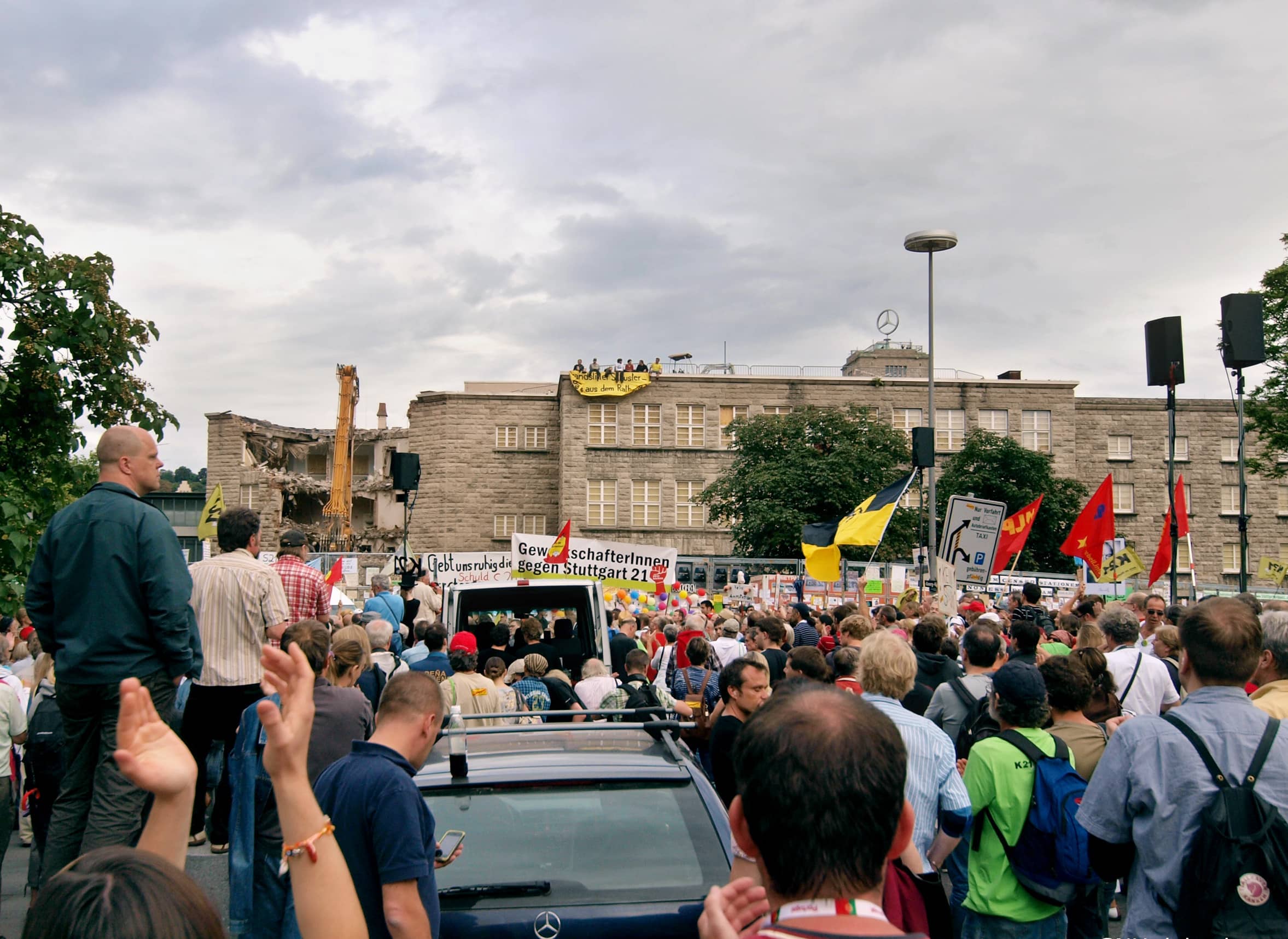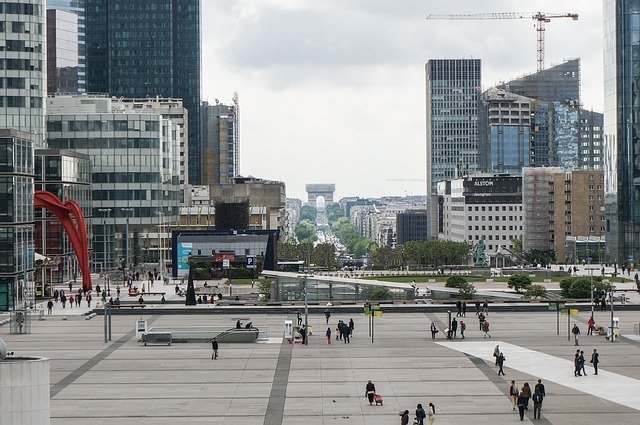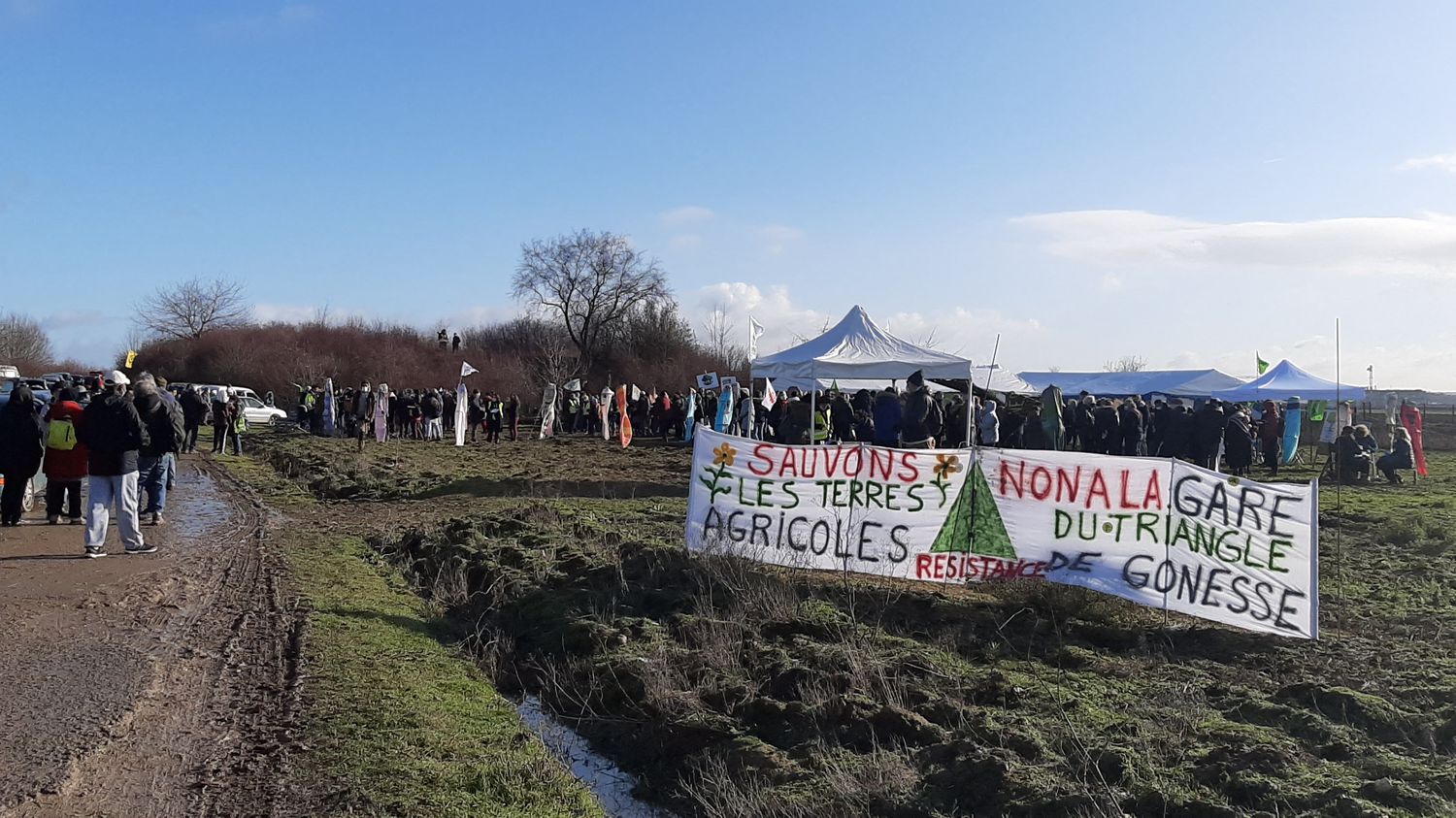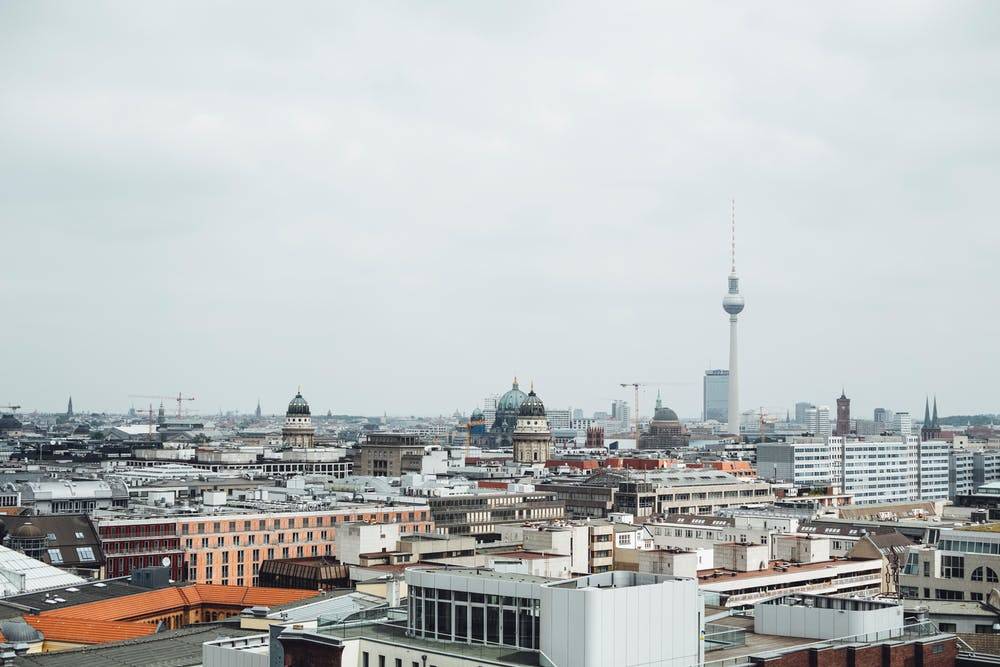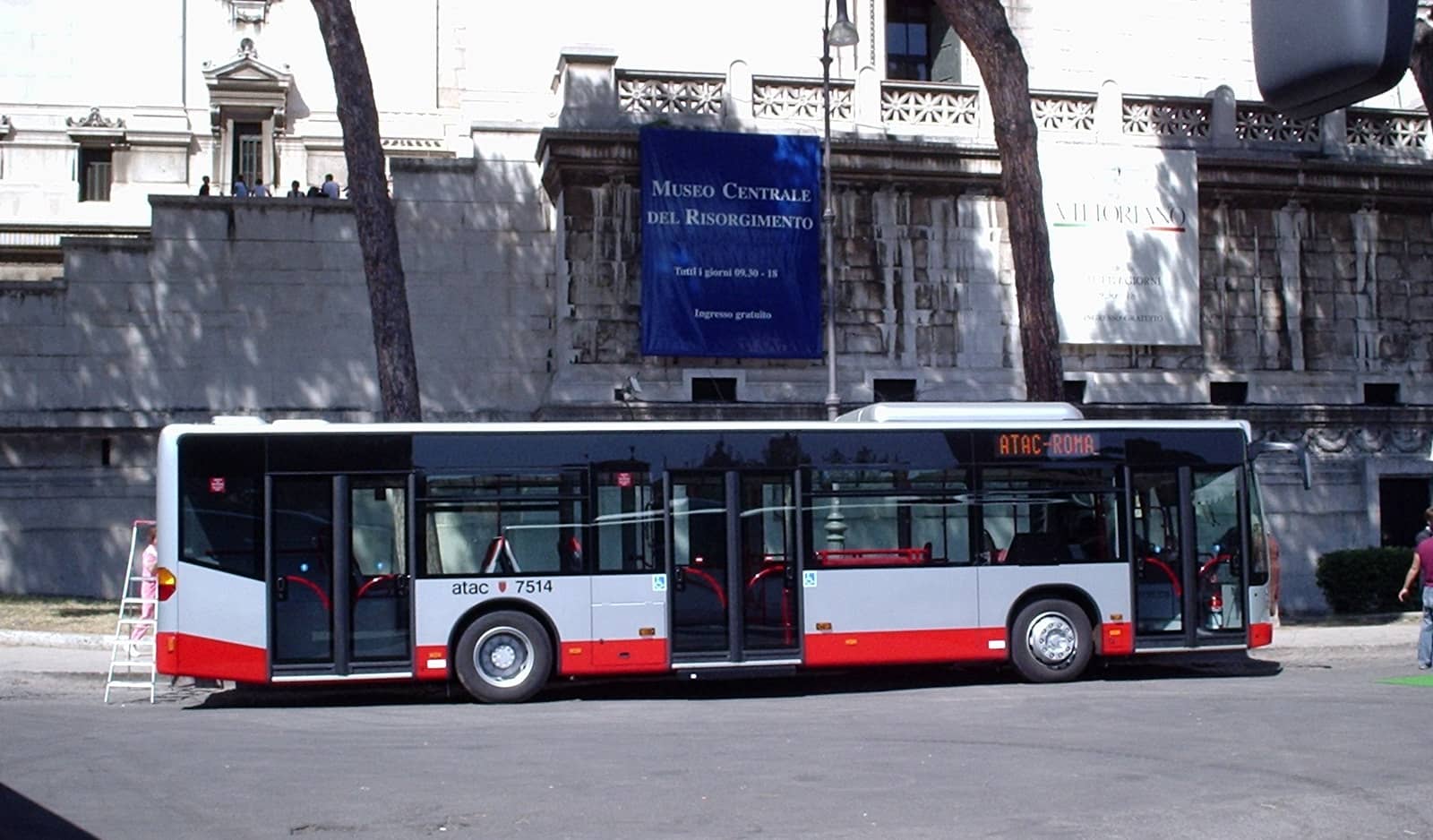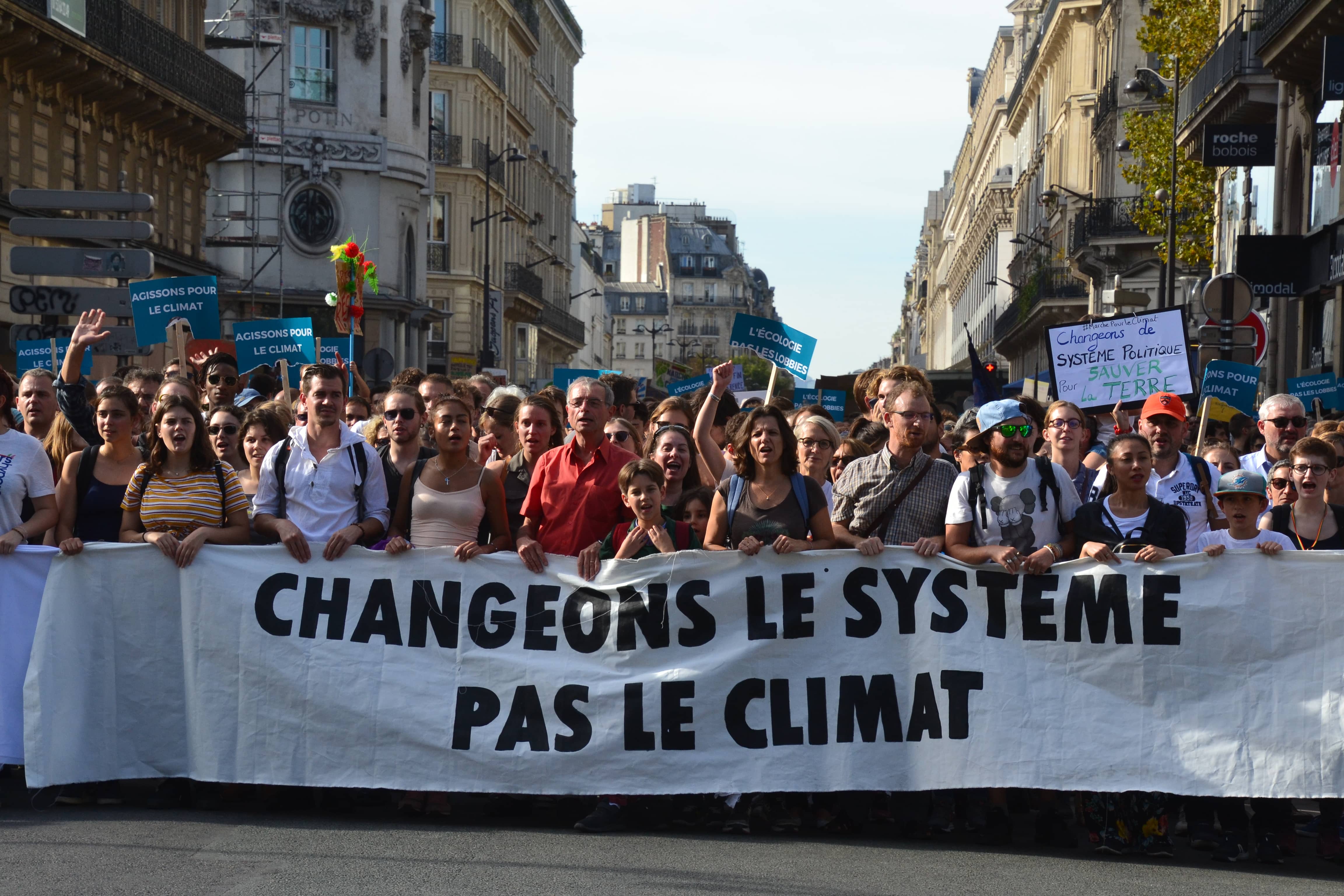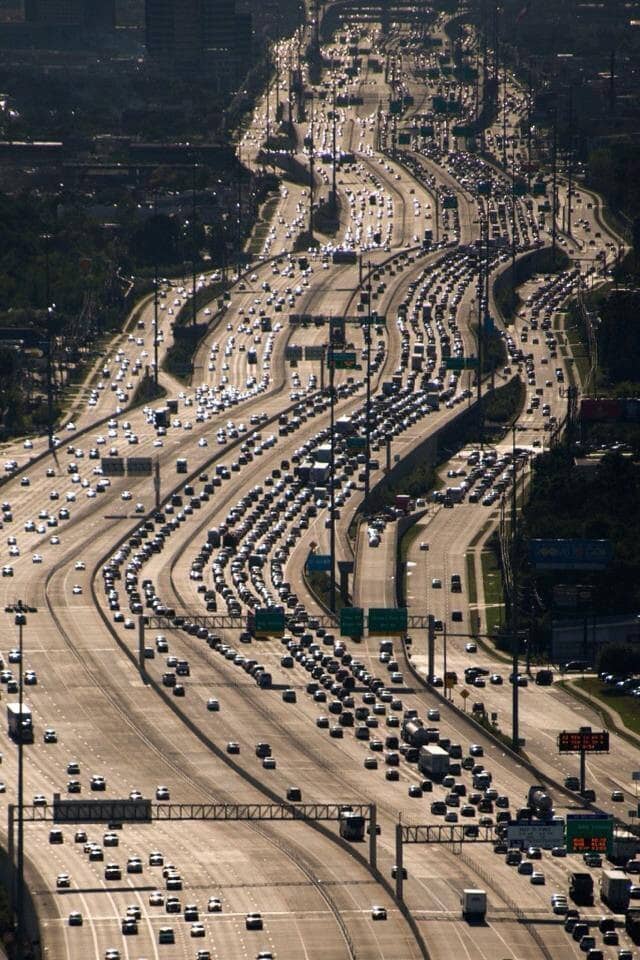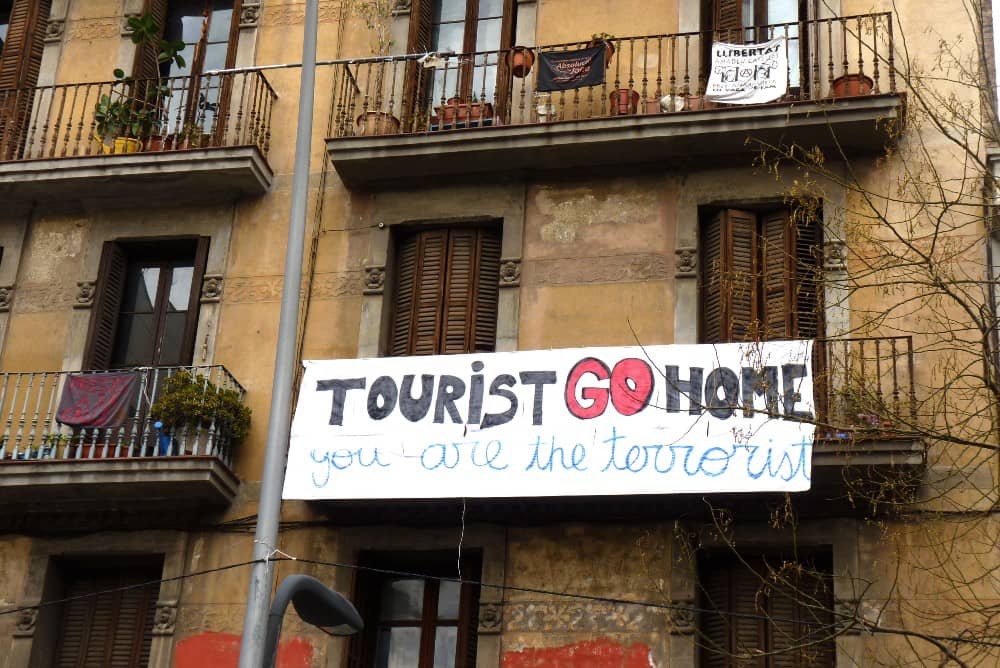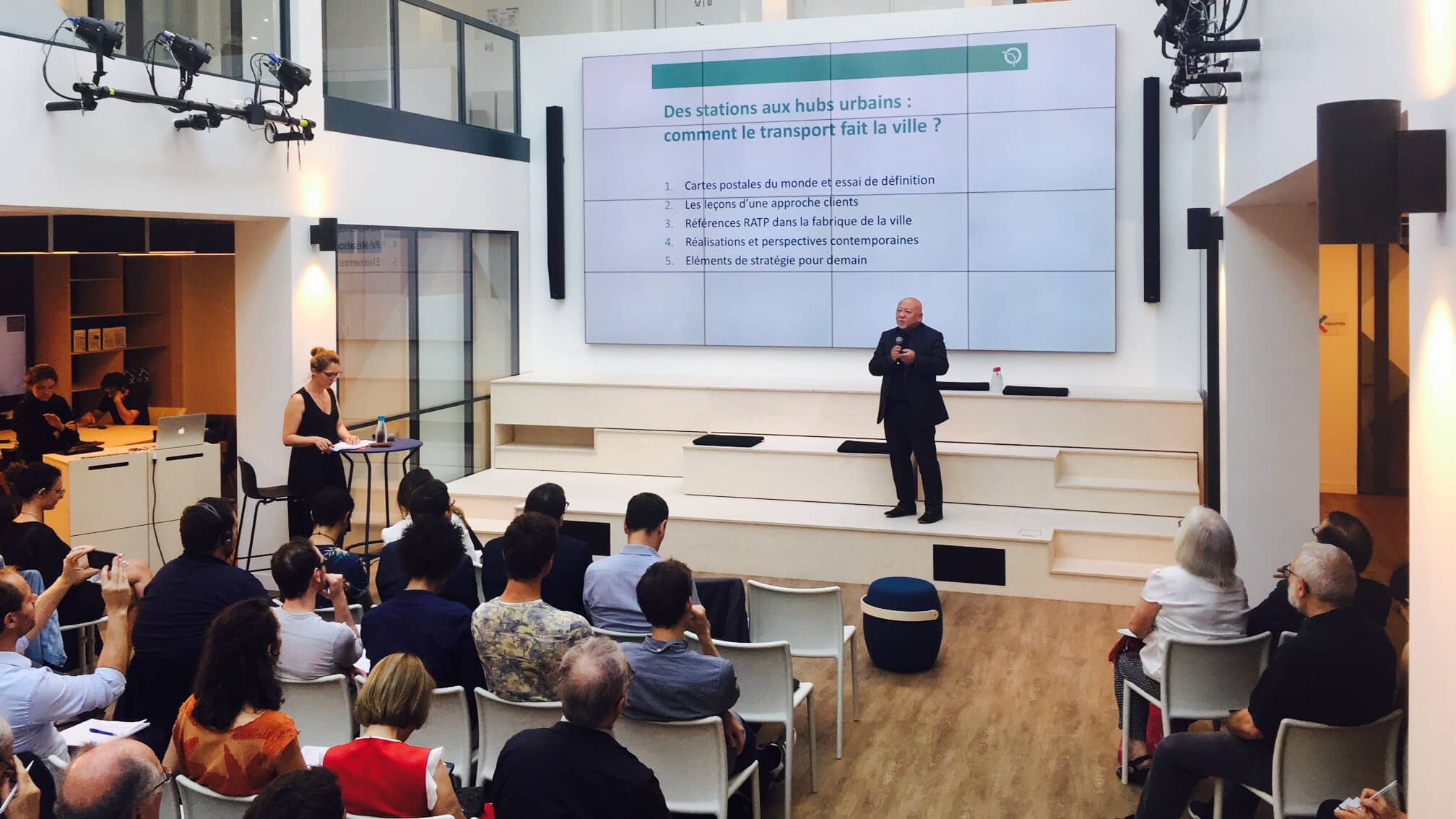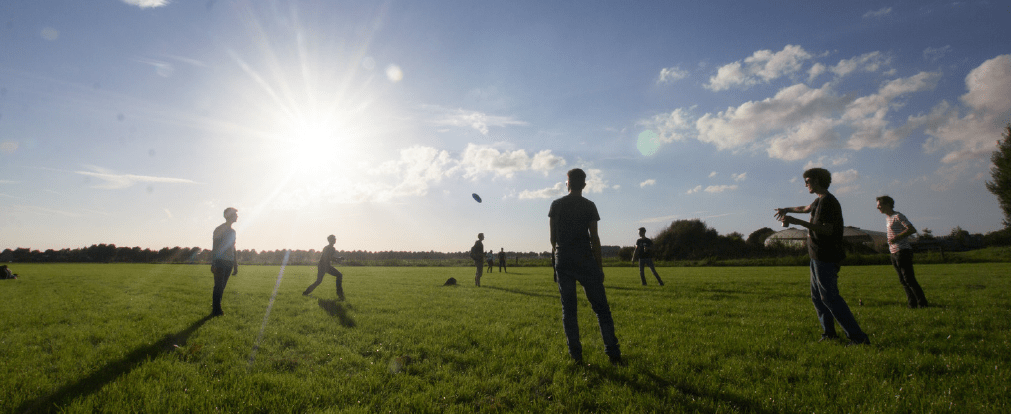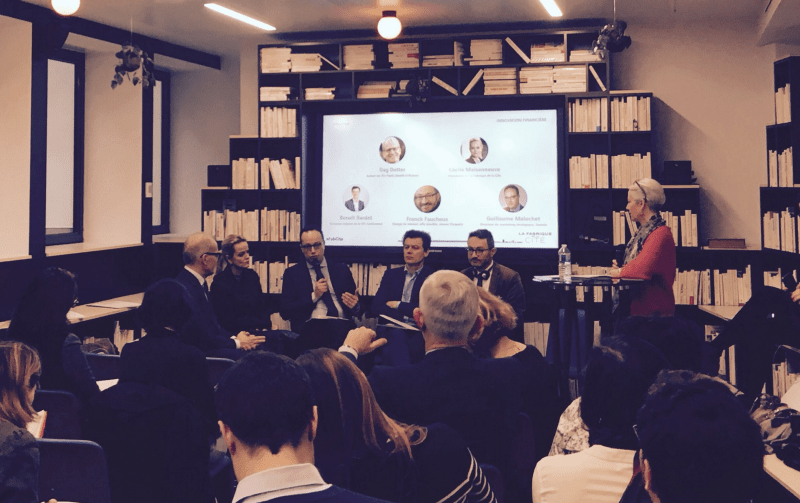

The yellow vest movement: a simple anti-metropolitan revolt or a symptom of a deeper crisis?
In France’s history of social movements, the yellow vest movement is an unprecedented phenomenon in terms of nature (weekly protests), duration (more than one year) and the media coverage it has garnered. While its primary demand is an increase in purchasing power, the movement began very early on to express a lack of well-being, and even symptoms of a breakdown of the French social fabric. Is the hypothesis of a divide between metropolitan France and periurban France a sufficient explanation of the emergence of the yellow vest movement? Should a spatial, sociological and economic analysis be favoured?
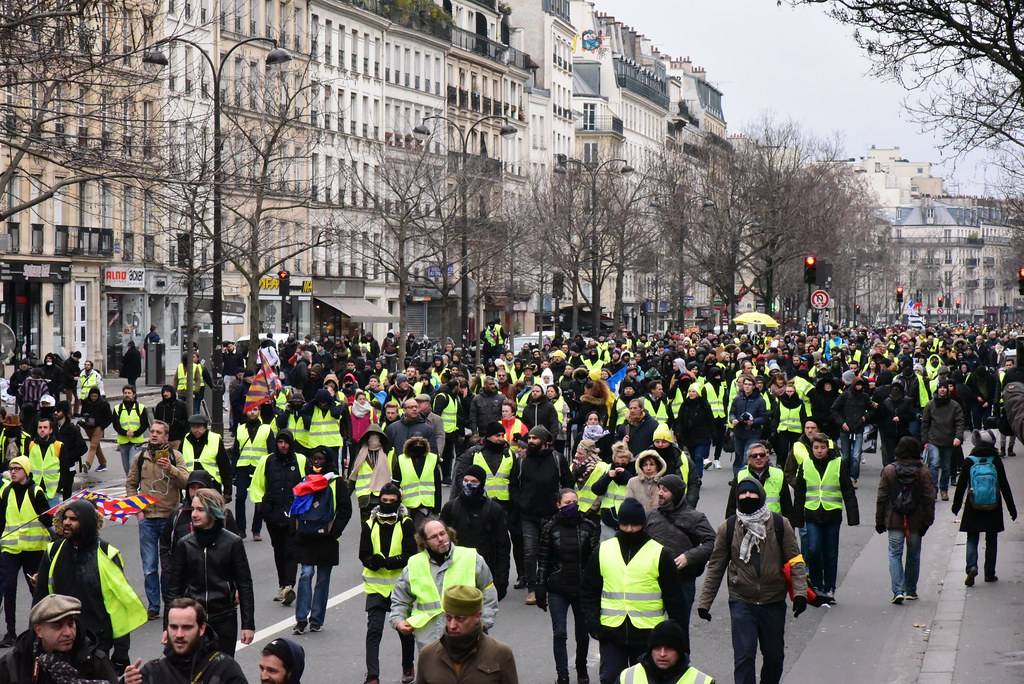
A divide between metropolitan France and periurban France?
Developed by geographer Christophe Guilluy, the notion of periurban France is frequently used to explain the emergence of the yellow vest movement. In an essay entitled “La France périphérique” published in 2014, Christophe Guilluy describes two totally opposed identities of France: that of major cities, “showcases of open globalisation, [illustrating] the open, deterritorialized society in which the mobility of people and goods is a source of job and wealth creation and of social progress[i]” and a France located “on the other side of major cities, in rural areas, small towns, medium-sized towns, and in some periurban spaces[ii]”, a France “of the forgotten” and of “redundancy plans” where “an erasure of the republican model[iii]” is taking place. For Christophe Guilluy, this dichotomy is the result of the promotion of the “metropolitan model”, which has been used to “adapt French society in depth to the standards of the Anglo-Saxon economic and societal model[iv]”, while at the same time bringing about a divide which was brought into the open in the autumn of 2018. While it convinced a significant portion of public opinion and resonated considerably with some political rhetoric, this interpretation, based exclusively on the criterion of space, calls for some nuance.
An analysis of the economic and demographic trajectories of French areas reveals a multitude of situations: the co-existence in France of declining or prosperous periurban areas, of medium-sized and small towns that are suffering from a population drain or on the contrary enjoying full economic and demographic growth shows that it is impossible to consider periurban and metropolitan areas as stand-alone categories. Thierry Pech, managing director of Terra Nova, has cast doubt on the existence of this divide which is so willingly diagnosed between major cities and periurban areas: “[Metropolitisation and periurbanisation] have not fragmented the population into two strictly separate categories […] On the contrary, many French citizens have experienced both phenomena at the same time in their daily lives, especially the lower middle classes and working classes who are most integrated in employment […] Most poor people still live in major cities, and the recent period has shown that inequalities are growing on average more inside large metropolitan areas than between these areas and the rest of the territory[v]”. The same can be said for rural areas: between those of the deindustrialised north-eastern France, experiencing demographic decline, and those, favoured by people moving to the countryside, who are recording sharp population growth, the only thing they have in common is the term “rural area”.
In an interview with La Fabrique de la Cité, Pierre Veltz also questioned the relevance of the major cities vs. periurban areas interpretation for those wishing to understand the divides that are currently occurring across French society:
“[The very high concentration of employment – skilled jobs above all – at the centre of major cities] does not allow us to claim, as Christophe Guilluy has, that there is a divide between healthy cities and peripheral areas in France. In reality, the situation is more complex. Admittedly, major cities have benefitted from globalisation but they have also seen inequalities increase very sharply. If you look at the median incomes, contrary to what one may think, there is a certain levelling between low-density non-metropolitan areas and metropolitan areas. There is of course a major axis of demographic and economic decline which runs from the Ardennes to the Massif Central region. In this diagonal void, according to the latest data from the French statistical institute (INSEE), the situation is worsening. However, in other areas, there is a very surprising patchwork. In relative terms, a certain number of small and medium-sized towns such as Figeac, Vitré and Laval, regardless of whether they are directly under metropolitan influence, are enjoying economic dynamism that is not the case in other areas[vi]”.
The opposition between major cities and periurban and rural areas does not therefore take into account the significant disparities which exist within each of these categories, disparities which result from strong differences, from one region to another, in terms of demographic growth, local areas’ economic prosperity and the perception that their inhabitants have of them. Think tank Terra Nova is predicting that, by 2040, very nuanced developments will occur from one region to another, depicting “an increase in population in a U-shaped area stretching from Rennes to Lyon including the South-West and the Atlantic and Mediterranean coastline, while the Paris region (Île-de-France) should naturally be added to this zone[vii]”, together with “lower levels of dynamism in the north-eastern quarter and the continuing diagonal void from the Ardennes to the Cantal area[viii]”.
Faced with the diversity of rural, metropolitan and periurban situations, it appears risky to interpret the emergence of the yellow vest movement as a rejection of metropolitisation on the part of the inhabitants of rural and periurban France. It may be that another interpretation is preferable to this one, this time a sociological understanding based on the criteria of access to local area resources.
The anger of the yellow vest protesters stems from increasingly difficult access to everyday resources
Those who live in the least dynamic periurban and rural areas and in small and medium-sized towns in decline have been witnessing the gradual closure of social infrastructure, public services and cultural facilities near their places of residence for many years now. People are very often obliged to look outside of their municipality to find work or everyday amenities: childcare, doctors, hobbies, schools, shops, etc. In this regard, the French General Commission for Territorial Equality (CGET) points out that: “for health, small and medium-sized towns have recorded a recent drop in their health indicators (Delas, 2011). They are also experiencing a change in their commercial system, with significant devitalisation and vacancy rates for sales outlets in town centre high streets[ix]”.
This increasing scarcity of local shops and everyday facilities is compounded in some local areas by a reduction in the provision of public services. Once again, the CGET notes that “State ‘modernisation’ has resulted in a redistribution of public activities towards greater metropolitan concentration […] This development has been reflected by a process of ‘territorial withdrawal’ by the State (Artioli, 2017). Therefore, redeployments in the areas of health, courts and military bases is a particular threat for the most vulnerable local areas at a time when these services would have a pivotal role to play there[x]”.
Another example which further exacerbates the dissatisfaction of inhabitants in certain local areas experiencing economic and demographic decline is the growing scarcity of the social meeting points that they traditionally frequented, particularly in rural areas, as described by sociologist Benoît Coquard in Ceux qui restent[xi]. In a review of this publication[xii], Olivier Masclet writes that “admittedly, forms of sociability always have a local component to them: football clubs and other places of male leisure (hunting clubs, motocross groups, darts clubs, etc.) remain located in the small town or village. Yet the members of these circles are no longer limited to the confines of these towns or villages. Being a member of these places no longer provides such an advantage. These developments have already been highlighted: as Benoît Coquard reminds us, they are due to the reduction and dispersion of public services and to changes in the job market, with the demise of the single industry model which employed the local group of workers and used to structure the social life of villages and small towns”.
In these declining rural areas as in periurban areas and medium-sized towns in worst shape, the satisfaction of having found a place (the round-about) and a time (Saturdays) to socialise may explain support for the yellow vest movement. In this respect, Antoine Bernard de Raymond and Sylvain Bordiec[xiii], authors of an ethnographic study conducted in a municipality in south-western France[1][xiv] where the occupations of round-abouts have sometimes brought together as many as 2,000 to 4,000 people, write, in relation to these gatherings, that they “are not only strategic, but are also part of the social ecology of periurban areas and small towns and contribute to recreating a type of social centrality which many participants in the movement believe they can no longer access”[xv].
The increasing scarcity of facilities and services in some local areas and municipalities results in greater daily commutes for their inhabitants, mostly made by car. The French Court of Auditors has highlighted that “in metropolitan France, one in two inhabitants can access the main everyday services by road in less than 4 minutes […]. While the most isolated 5% of the population, living in 13,000 municipalities, must travel for at least 9 minutes”[xvi]. The Observatoire des territoires notes that, as regards daily commute times, “it is much more the size of the urban area than the type of residential space (centre, suburb or periurban space) that is relevant […] Within each segment of urban areas, the differences in commute times between the residents of the central municipalities and the periurban municipalities are of little significance”[xvii]. This observation is different, however, if we look at the distances travelled: “living in a periurban space rather than in the centre of a conurbation has a much greater impact […] on the distances travelled than on the commute time: outside the Île-de-France region, a person living in a periurban area travels on average 23 kilometres more every day than a resident of a central municipality” [xviii]. Urban spread thereby increases people’s dependence on their cars. In France, 80% of commuters travel to work by car, 15% by public transportation and 4% by foot. “With a 75% modal share, individual cars remain the most-used mode of transportation in commutes to the workplace. Multimodal transportation, which is sometimes much cited, concerns an extremely low number of people”, explains Brice Teinturier, Deputy Managing Director at Ipsos France. Yet, against a backdrop of rising energy prices, this increase in distances travelled results in greater energy vulnerability for populations living far from urban centres. The people who live in areas in which income is lowest are the most affected by energy vulnerability, and the differences in living conditions between high- and low-density areas is thereby growing inexorably.
A social divide above all else
The simultaneous depletion of everyday facilities, public services and social meeting points, together with the mobility constraints this brings about, has caused discontent among the populations concerned. The Conseil d’analyse économique has demonstrated that this is the direct driver of individual support for the yellow vest movement. Yann Algan, Clément Malgouyres and Claudia Senik have written that the municipalities with a high level of support for the movement are those “in which local living standards have deteriorated the most in recent years. Economic research on well-being shows […] that individuals are particularly sensitive to changes to, and above all the deterioration of, their local environment. […] The breakdown of social links resulting from the loss of the fabric of public services, local shops and associations has played an important role in the wave of discontent observed in the last year[xix]”. The Conseil d’analyse économique confirms that the increasing scarcity of these services and facilities in a municipality is a direct factor of its inhabitants’ support for the yellow vest movement: “a municipality which has lost a food shop (grocery store, convenience store or supermarket) is more likely to experience a yellow vest event […] the closure of an upper-secondary school, a cinema or a bookshop or newsagent is often associated with a greater probability of a yellow vest event[xx]”. It concluded that “the probability of a yellow vest event exceeds the national average from the 70th percentile, i.e. for the 30% of municipalities that are the furthest from amenities (this corresponds to travel time exceeding 25 minutes). In total, these municipalities concentrate more than 5 million people[xxi]”. Five million people are therefore experiencing a situation which is very different from that in dynamic city centres, where there are always more jobs and amenities and in which there are dense transportation networks which allow quick and inexpensive access to all these resources[2][xxii]. It would therefore seem that it is not metropolisation which has aroused the anger of the yellow vest protesters but rather the increasing lack of resources that were previously available to them and, through it, that of a lifestyle that political powers have long presented as desirable by promoting periurban housing through policies encouraging home ownership. The measures penalising the use of fossil fuels (and therefore cars) in the name of the energy transition and the increase in fuel taxes are interpreted as a disavowal of this model that was formerly promoted by public policies. Philippe Genestier points out that “with individual car mobility, there is a questioning of the balance on which the everyday lives of one third of French citizens who have become owners of a home in the greater suburbs or in the countryside and who work in a very broad living area is based”[xxiii]. With the deliberate increase in the cost of car mobility, public powers are further restricting the ability to access these scarce resources, making these households even less autonomous, whereas the lifestyle that they have chosen for themselves suggests that autonomy is very important to them (“for some, the car is thought of as the last bulwark of individual freedom”, writes car historian Jean-Louis Loubet[xxiv]). Perhaps, therefore, the French divide is more social than spatial. In this respect, the yellow vest movement does not belong to the inhabitants of peripheral France, but to a segment of the population which has suddenly realised that its lifestyle, which was formerly desirable but is now stigmatised, may not survive the lack of public policies which brought about its development.
[1] Given the pseudonym Treyssac by the authors, this municipality “has less than 10,000 inhabitants and is located several dozen kilometres from a major city, where many of its inhabitants work. Its unemployment (18%) and poverty (19%) rates are higher than the national average”.
[2] In dense cities with poor access to public transportation, support for the yellow vest movement appears to be more pronounced. One example is Marseille, where 60% of inhabitants supported the movement.
[i] Christophe Guilluy, La France périphérique. Comment on a sacrifié les classes populaires, éditions Flammarion, Paris, 17 September 2014, ISBN: 9782081312579
[ii] Ibid.
[iii] Ibid.
[iv] Ibid.
[v] Thierry Pech, La fin de la paix territoriale, Summary report, Terra Nova, 31 January 2019.
[vi] La Fabrique de la Cité, Spatial justice, managing the situation to enable development?, 24 May 2019, URL: https://www.lafabriquedelacite.com/en/publications/spatial-justice-managing-the-situation-to-enable-development/
[vii] Terra Nova, Habiter dans 20 ans, 12 February 2019, URL: http://tnova.fr/rapports/habiter-dans-20-ans
[viii] Ibid.
[ix] Sophie BAUDET-MICHEL (co-ordination), Benoit CONTI, Julie CHOURAQUI, Hadrien COMMENGES, Matthieu DELAGE, Marianne GUEROIS, Noé GUIRAUD, Charlène LE NEINDRE, Pascal MADRY, Fabien PAULUS, Antonin PAVARD, Gilles TOUTIN, Julie VALLEE, La rétraction des services et commerces dans les villes petites et moyennes : modalités et logiques à l’échelle interurbaine, 16 January 2019, in: Villes petites et moyennes : évolutions et stratégies d’action – (2) Évolutions nationales et analyses quantitatives, URL: https://www.cget.gouv.fr/sites/cget.gouv.fr/files/atoms/files/2_-_rapport_2_analyses-quanti.pdf
[x] Ibid.
[xi] Benoît Coquard, Ceux qui restent, Éditions La Découverte, 2019.
[xii] Olivier Masclet, « Bandes de potes », La Vie des idées, 5 February 2020. ISSN: 2105-3030. URL: http://www.laviedesidees.fr/Benoit-Coquard-Ceux-qui-restent-Faire-vie-campagnes-declin.html
[xiii] Antoine Bernard de Raymond, Sylvain Bordiec, Tenir : les Gilets jaunes, mouvement d’occupation de places publiques, Métropolitiques, 14 October 2019. URL: https://www.metropolitiques.eu/Tenir-les-Gilets-jaunes-mouvement-d-occupation-de-places-publiques.html
[xiv] Ibid.
[xv] Ibid.
[xvi] L’accès aux services publics dans les territoires ruraux – Study requested by the Commission for the Assessment and Monitoring of Public Policies of the French National Assembly, March 2019, Court of Auditors, Regional and local audit chambers, URL: https://www.ccomptes.fr/system/files/2019-03/20190320-acces-services-publics-territoires-ruraux.pdf
[xvii] Constance Lecomte, Se déplacer au quotidien : enjeux spatiaux, enjeux sociaux, Analysis of the Observatoire des territoires 2019, Observatoire des territoires of the French General Commission for Territorial Equality (CGET), URL: https://www.observatoire-des-territoires.gouv.fr/observatoire-des-territoires/fr/se-d-placer-au-quotidien-enjeux-spatiaux-enjeux-sociaux-0
[xviii] Ibid.
[xix] Yann Algan, Clément Malgouyres and Claudia Senik, Territoires, bien-être et politiques publiques, Notes of the Conseil d’analyse économique, n°55, January 2020
[xx] Ibid.
[xxi] Ibid.
[xxii] Simon Porcher. Qui sont les Gilets jaunes ? Une étude sur les dix plus grandes villes françaises. 2019. ffhalshs-02357802
[xxiii] Ibid.
[xxiv] Jean-Michel Normand, « La voiture est le dernier bastion des libertés individuelles », Le Monde, 15 January 2018. URL: https://www.lemonde.fr/m-perso/article/2018/01/15/la-voiture-est-le-dernier-bastion-des-libertes-individuelles_5241729_4497916.html
These other publications may also be of interest to you:
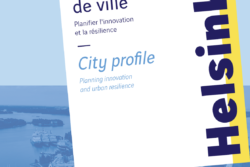
Helsinki : Planning innovation and urban resilience

Toronto: How far can the city go?

Inventing the future of urban highways
“Dig, baby, dig”
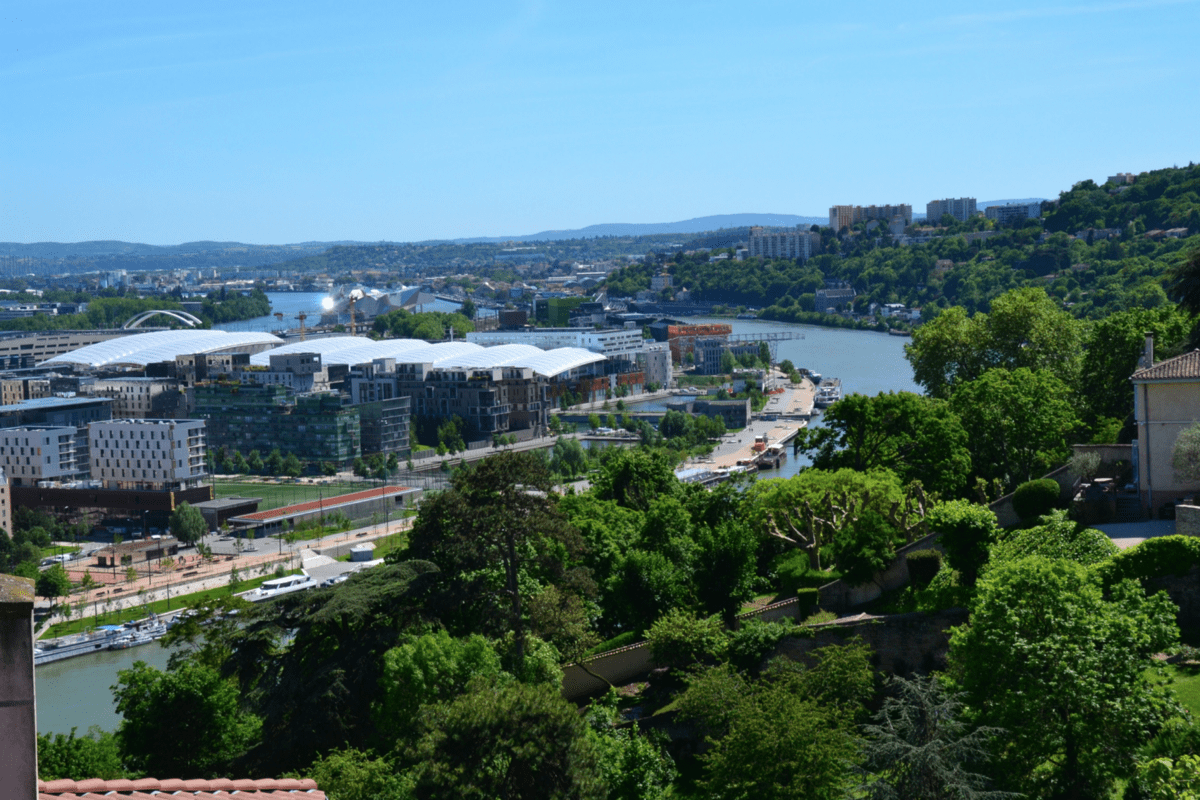
The Public Wealth of Cities

Berlin Focus
La Fabrique de la Cité
La Fabrique de la Cité is a think tank dedicated to urban foresight, created by the VINCI group, its sponsor, in 2010. La Fabrique de la Cité acts as a forum where urban stakeholders, whether French or international, collaborate to bring forth new ways of building and rebuilding cities.















